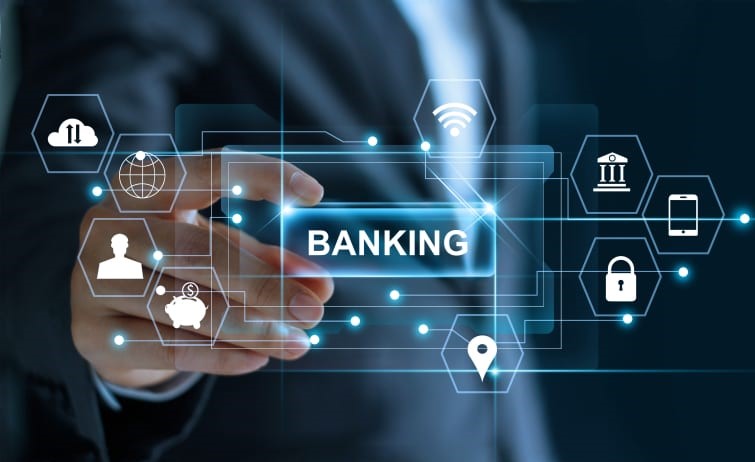
The banking industry, similar to most industries, is in the midst of a customer engagement revolution. We are no longer evaluated based on how we have connected with consumers in the past, or how our direct banking industry competitors connect with consumers. We are judged by how the tech giants use data and advanced analytics to engage with consumers during the entire customer journey. The good news is that new technologies allow financial institutions to engage with consumers in new and better ways, closely replicating the experiences provided by Amazon, Google, Facebook and other big tech firms. Going beyond a simplified digital account opening application, banks and credit unions can now engage with their consumers across multiple channels during the entire customer journey … in real time.
“Convenience and ease are the pillars for a great engagement and AI can supercharge them all,”
This allows financial institutions to proactively meet the following consumer engagement expectations:
- Understand what I want and need before I ask for it. And, protect me from situations that may negatively impact my financial well-being.
- Communicate with me on the channel(s) or device(s) that I prefer, even if it is different for different situations.
- Learn about me over time, and share what you learn with all areas of your organizations so I don’t need to repeat myself.
Now, more than ever consumers are completely in control. They share experiences on social platforms and expect a level of personalization never before possible. And the bar is rising fast in terms of what constitutes a ‘personalized’ experience. According to Salesforce, 62% of consumers now expect companies to adapt based on their actions, communications and behaviors.
Because of the seamless experience provided by leading non-banking firms, consumers are raising the bar for all other industries. If a bank or credit union doesn’t communicate in a personalized manner, at the best time of connection and on the desired channel, the shortfall is more obvious than ever.
All of these changes are prompting financial institutions to rethink how they engage and connect with consumers. By providing personalized, real-time, and consistent communication throughout the customer journey, banks and credit unions can find new ways to engage their customers and members. Just as importantly, financial institutions that respect consumer data, and use it well to improve their experience, stand a better chance of increasing trust and building loyalty.
The integration of big data, advanced analytics, digital technologies, open banking APIs, the Internet of Things (IoT), Robotic Process Automation (RPA) and blockchain are disrupting every component of the banking ecosystem. This is dramatically impacting the way consumers bank and the way institutions deliver financial services.
“Success lies in delivering experiences that are personalized, real-time, and connected.“
In the past, the banking industry relied on mainframe-supported operations, focusing on delivering services using humans, ATMs and phone centers. Over the past decade, with the advent of the modern smartphone, digital technology has moved banking transactions out of the branch and on to mobile devices, with advanced data analytics allowing for more personalized delivery of services.
The pace of change in banking is accelerating exponentially today, with the most advanced organizations integrating vast collections of internal and external data, advanced analytics and extensive computing capability to deliver both financial and non-financial services in real-time, with contextual levels of personalization never before imagined.
Beyond immediate reporting of transactions and financial status, there is now the potential to provide proactive advice and solutions that can significantly improve a consumer’s daily life. More importantly, with digital delivery replacing expensive branch-based infrastructure, financial services can be significantly more inclusive, with much lower limits on size of transaction or relationship requirements.
The future of banking will feel more like the experiences delivered by non-financial firms such as Google and Amazon, with these organizations potentially becoming major players in the new ecosystem. Instead of locational convenience being the primary differentiator, financial services organizations will be competing on application design and speed, ease of use, seamless integration with other applications and the ability to deliver a personalized journey.
Digital banking transformation will require the elimination of product and data silos and a culture of innovation and willingness to change current business processes not evident at many traditional financial services organizations today. It is also clear that waiting to proceed is not a viable option, since the pace of change is faster than ever before and will never be this slow again.
